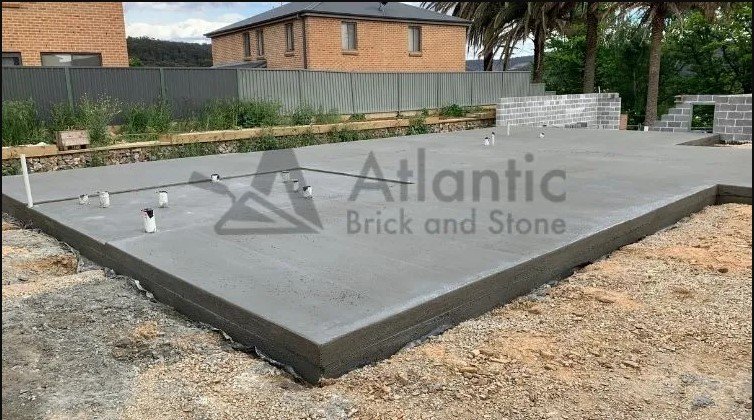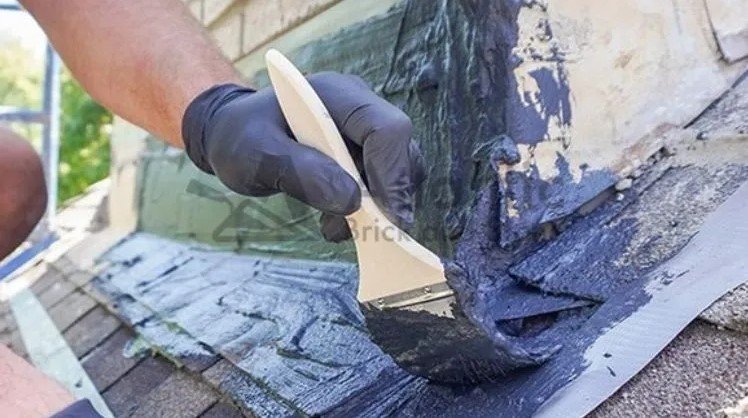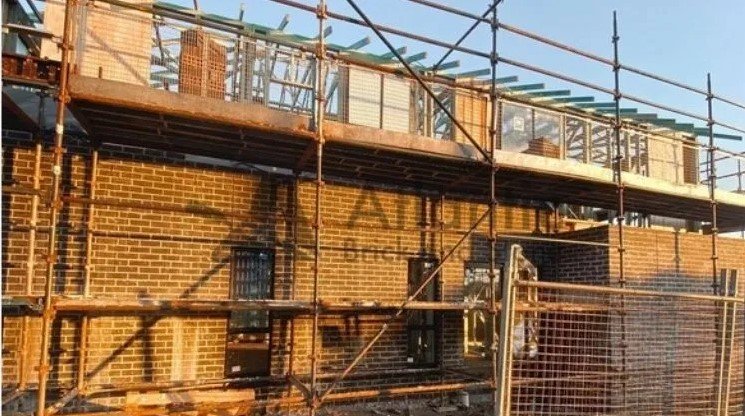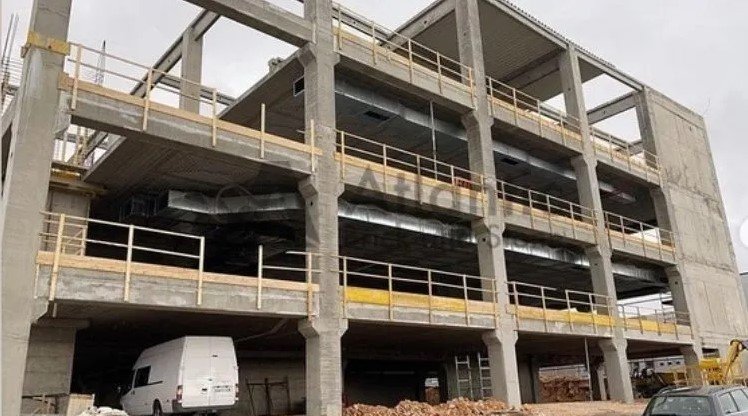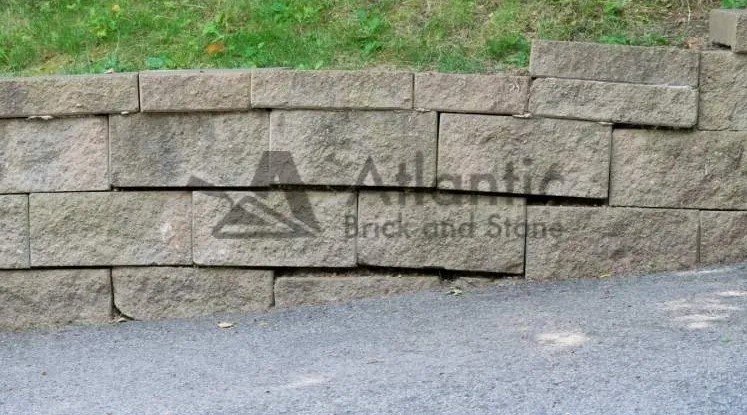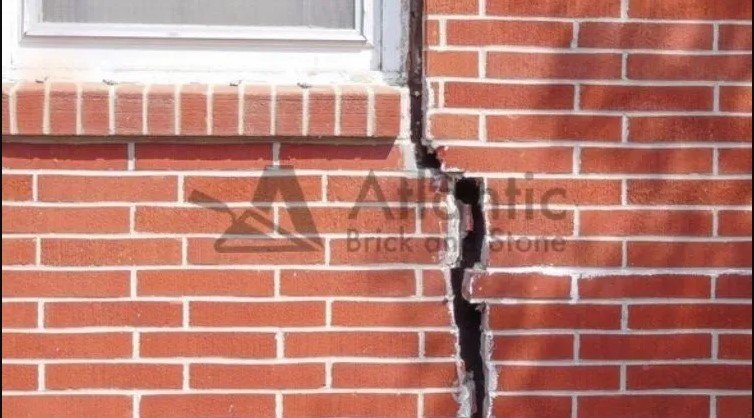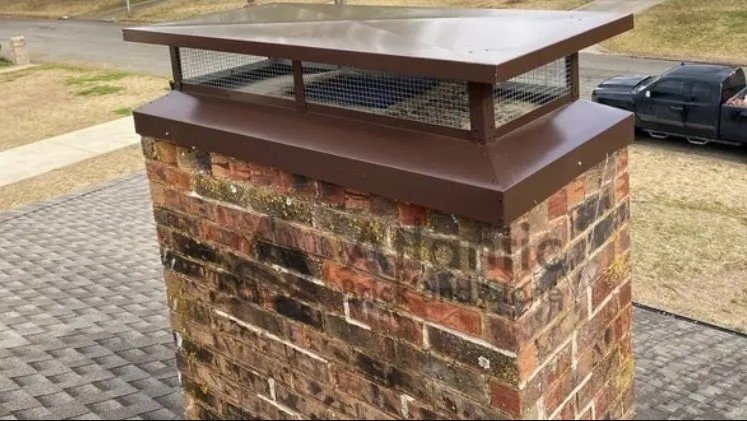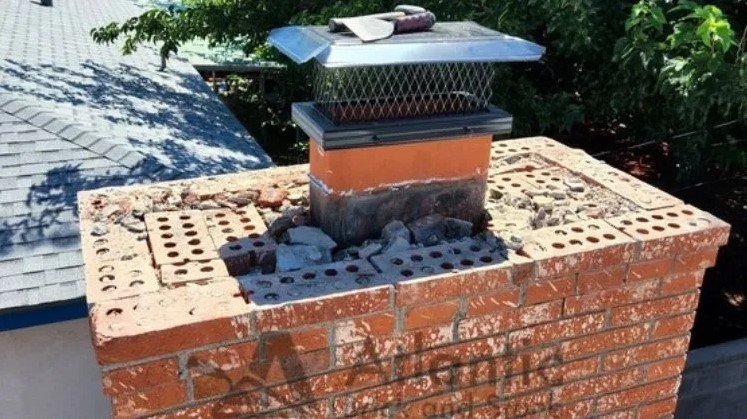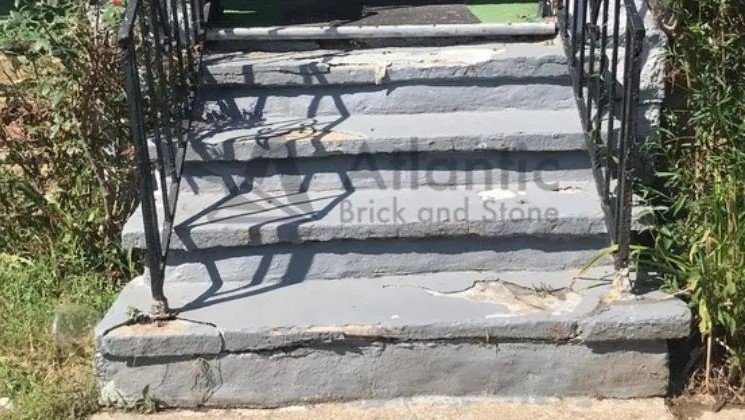Understanding Concrete Slab Foundations
Understanding Concrete Slab Foundations A concrete slab foundation is a type of foundation widely used in modern construction projects. It provides a stable base for various structures, including homes, commercial buildings, and industrial facilities. In this article, we’ll explore the ins and outs of concrete slab foundations, their importance, types, advantages, disadvantages, and factors that affect their longevity. Explanation of Concrete Slab Foundations A concrete slab foundation is a single, thick layer of concrete that serves as the base for a structure. This type of foundation is poured directly on the ground, and its edges are thickened to ensure a strong and stable support for the building above. The slab of concrete is typically reinforced with steel rebar to enhance its load-bearing capacity and prevent cracking. Concrete slab foundations can be a cost-effective and practical solution for construction projects, especially in areas with high water tables or poor soil conditions. They eliminate the need for a traditional basement or crawl space, which can be susceptible to moisture, pests, and other issues. Types of Slab Foundations There are two main types of concrete slab foundations: T-shaped foundations and slab-on-grade foundations. Each has its unique features and is suitable for different situations. T-Shaped Foundation A T-shaped foundation is a traditional method used in areas with a frost line (the depth below which the ground doesn’t freeze during winter). The footing and foundation walls are poured first, followed by the concrete slab. This type of foundation is designed to provide extra support, keeping the slab above the frost line to prevent damage from soil expansion and contraction caused by freezing and thawing. Slab-on-Grade Foundation A slab-on-grade foundation is a single pour of concrete placed directly on the ground. It’s best suited for areas with a high-water table or poor soil conditions that make excavation for a basement or crawl space challenging. This kind of foundation is simpler and faster to construct than a T-shaped foundation, making it a popular choice for warm climates where frost isn’t a concern. The slab is often reinforced with rebar or post-tension cables to provide additional structural support. Advantages Cost-Effective Concrete slab foundations are generally less expensive than other types of foundations, such as basement or pier foundations. They require less excavation, fewer materials, and a shorter construction time, which translates to lower labor and material costs. Low Maintenance Since there’s no basement or crawl space, concrete slab foundations eliminate the need for ongoing maintenance associated with those areas. They are also less prone to issues such as pest infestations and moisture-related problems, which can require costly foundation repairs. Easy Construction Concrete slab foundations are relatively simple and quick to construct. The process involves preparing the site, placing the reinforcement, and pouring the concrete. There’s no need for complicated excavation or the construction of foundation walls, which can save time and resources. Disadvantages Limited Design Options One of the main drawbacks of concrete slab foundations is the limited design options for the structure above. With no basement or crawl space, you’ll have less flexibility for adding features like additional storage, living space, or utilities. Prone to Cracks Concrete slabs can be susceptible to cracking due to soil movement, shrinkage, or other factors. While reinforcement can help prevent major structural issues, minor cracks may still appear over time. These cracks can be unsightly and may require repair to maintain the appearance and integrity of the foundation. Susceptible to Moisture Although concrete slab foundations are less prone to moisture issues than basement or crawl space foundations, they can still experience problems in areas with poor drainage or high water tables. Proper grading and using vapor barriers can help mitigate moisture-related issues, but they may still arise in some cases. Factors That Affect the Longevity of these Foundations Quality of Materials The quality of the concrete and reinforcement materials used in the foundation can significantly impact its longevity. High-quality concrete, rebar, and other components will help ensure a durable and long-lasting foundation. Terrain The terrain on which the foundation is built can also affect its lifespan. Poor soil conditions, such as expansive clay or loose sand, can lead to uneven settling, which may cause cracks in the concrete slab. Proper site preparation, including soil testing and compaction, can help address these issues. Climate Climate plays a crucial role in the durability of concrete slab foundations. In areas with freezing and thawing cycles, a T-shaped foundation is recommended to prevent soil expansion and contraction damage. On the other hand, slab-on-grade foundations are better suited for warmer climates where frost isn’t a concern. Properly designed and constructed foundations should be able to withstand the local climate conditions to ensure a long-lasting base for your structure. Foundation Construction and Repair in Fredericton Atlantic Brick and Stone, a trusted foundation contractor in Fredericton, specializes in providing top-notch foundation services for both residential and commercial buildings. Our experienced team of professionals offers a wide range of solutions, including foundation repair, waterproofing, and new construction services. With a focus on quality workmanship and exceptional customer service, we are dedicated to addressing any foundation issues you may encounter, from cracked concrete slabs to moisture-related problems. Whether you’re building a new structure or need expert advice on maintaining your property’s foundation, Atlantic Brick and Stone has you covered, ensuring long-lasting stability and durability for your investment. FAQ Q: How thick should a slab foundation be? A: The thickness of a slab foundation can vary depending on the specific circumstances, but it is typically 4-6 inches thick. Q: What is a concrete pad? A: A concrete pad is a flat, level piece of concrete, usually poured on top of a compacted gravel base, that can be used as a foundation for various outdoor structures, such as sheds or hot tubs. Q: How does a slab foundation differ from other types of home foundations? A: A slab foundation differs from other types of home foundations, such as basement foundations, because it does not have a basement or crawl space. Instead,

